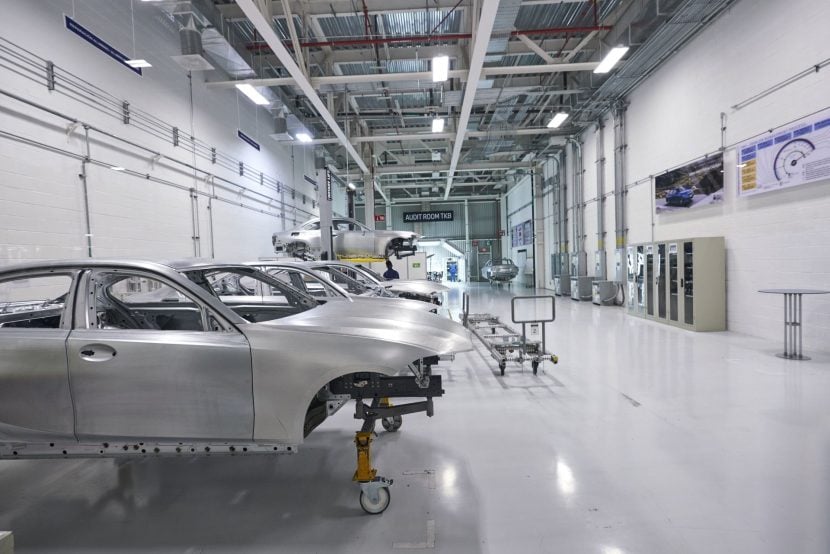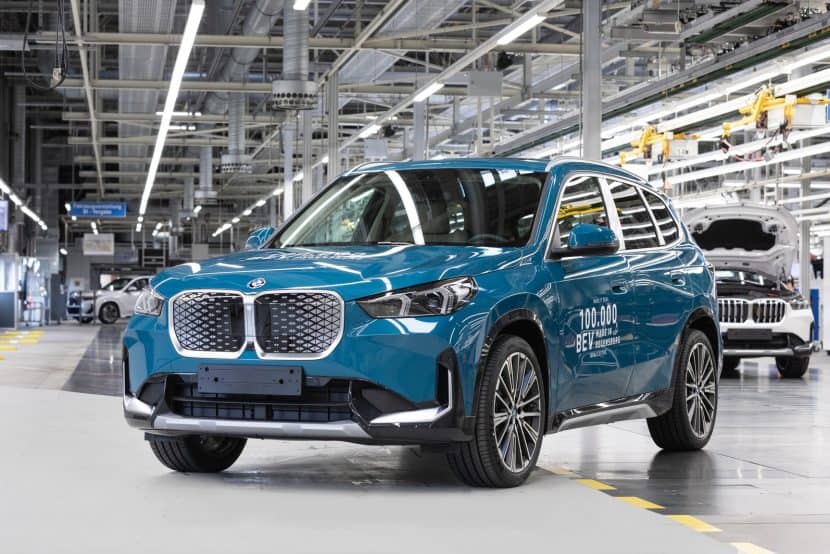Ever wonder why and how automakers like Porsche and BMW seem to have a cabin that’s screwed together a bit more tightly than some competing vehicles? Some automakers have even earned a reputation – deserved or otherwise – for shoddiness. Automakers all have their own process that ensures quality for their vehicles. But for BMW that process is called “cubing” and has been part of their production line for at least a decade.
What is Cubing?
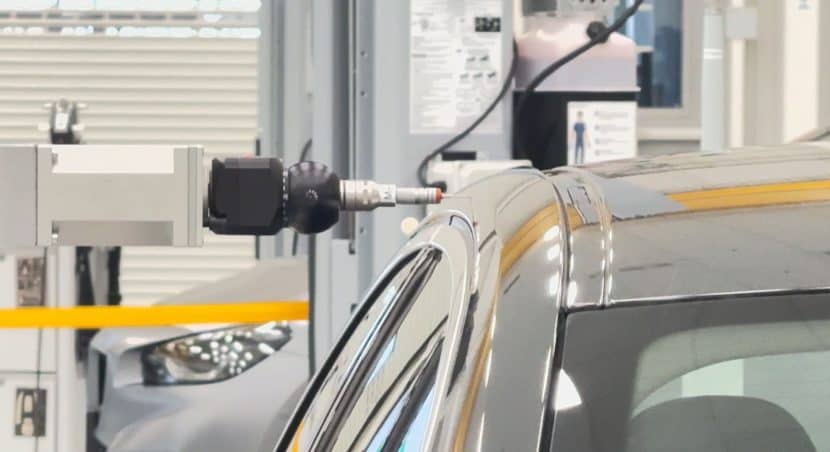
We got our first cubing experience during a recent visit at the BMW Plant in San Luis Potosi. Cubing is one of the first steps in the production process and BMW has integrated this technology for every upcoming model. As a model gets ready for production, a full-size body chassis is milled from solid aerospace-grade aluminum.
This model allows BMW to observe how each part aligned and fit together. If adjustments are needed or something didn’t align perfectly, BMW could make modifications and re-evaluate to ensure optimal fit. This approach is especially helpful in pinpointing the source of potential issues, greatly simplifying product testing.
In a nutshell, cubing ensures everything from headlights to interior upholstery and switchgear fit snug and proper. By using precise measuring tools, inconsistencies can be spotted at a scale down to tenths of a millimeter. BMW even goes as far as to ensure the aluminum body is stored in a climate-controlled environment to reduce environmental impacts.
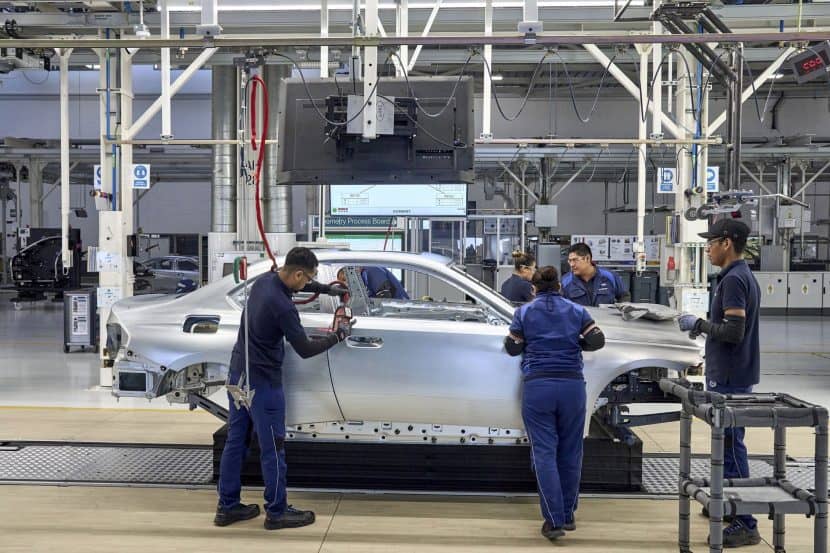
Some processes also use augmented reality which enables BMW engineers to overlay virtual parts onto the model to assess compatibility without physical assembly.
After BMW mills out the aluminum body, parts suppliers send sample parts for test fitment. BMW fits the part and scans the model against the “produced” unit to check for variances. The scan even takes into account paint thickness, which can ever so slightly impact final fit and finish. Testing out components before the car sees production reduces the chances for recalls and allows BMW to discover wonky or ill-fitting parts before the public.
Cubing Ain’t Cheap; But Neither is a BMW
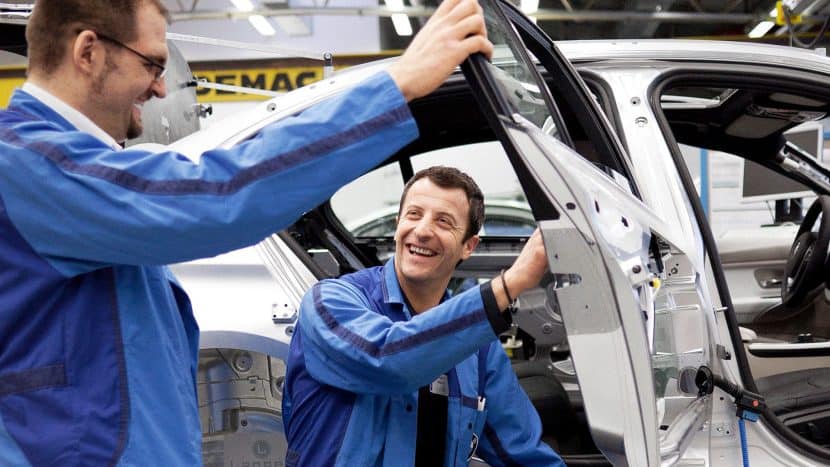
When we visited the plant in San Luis Potosi, BMW claimed that the cubing process can cost in the single digit millions. We’re not sure if that figure is inclusive of the various machines and software required to accurately “cube.” Either way, that’s some serious scratch, and it’s also the reason cubing isn’t quite what you’d call an industry standard. But when you consider the fit and finish of their vehicles – and the reputation fellow cuber Porsche boasts – the results are clearly palpable.
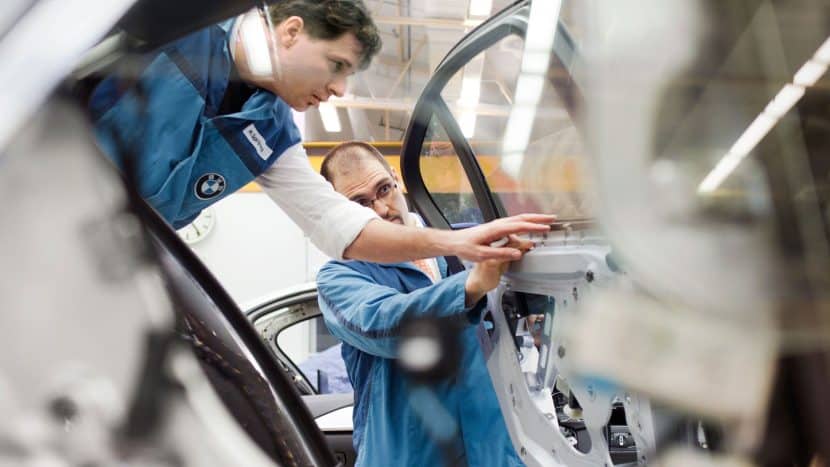
Cubing is essential at the Mexico plant. Not only to ensure quality of existing products – notably, it’s the center of global market production for the desirable M2 – but for what’s to come. San Luis Potosi will be tasked with Neue Klasse production for the US market. Those early models will leave a lasting impression on North American shoppers. Cubing will no doubt be applied in full force to the new EV models.
As vehicles and the production process increasingly become streamlined and unified across automakers, details like fit and finish will start to matter more and more. It’s one of the best ways to stand out from the crowd, especially as an automaker like BMW that touts “luxury” branding. I say: let the cubing commence. Forbes also put together a great article on BMW Cubing.
First published by https://www.bmwblog.com
Source: BMW BLOG
